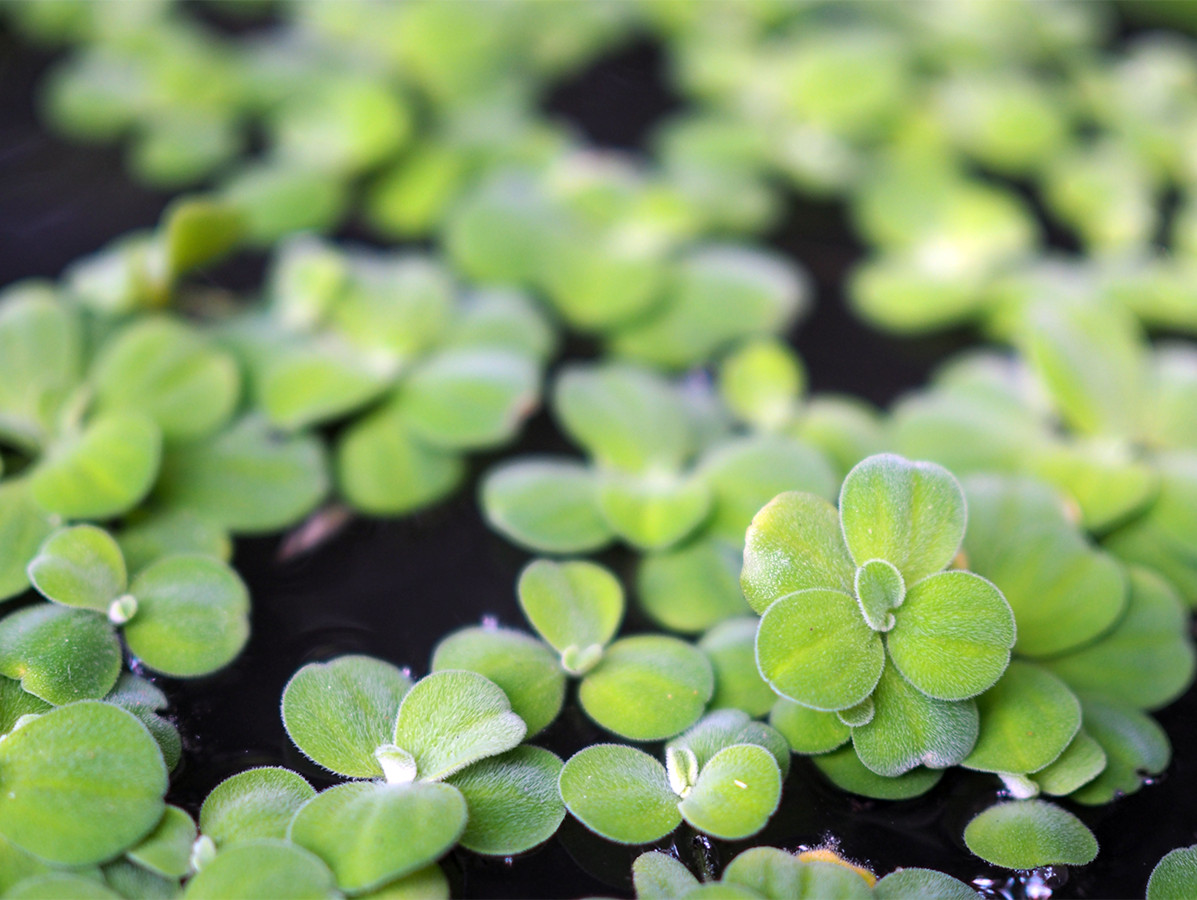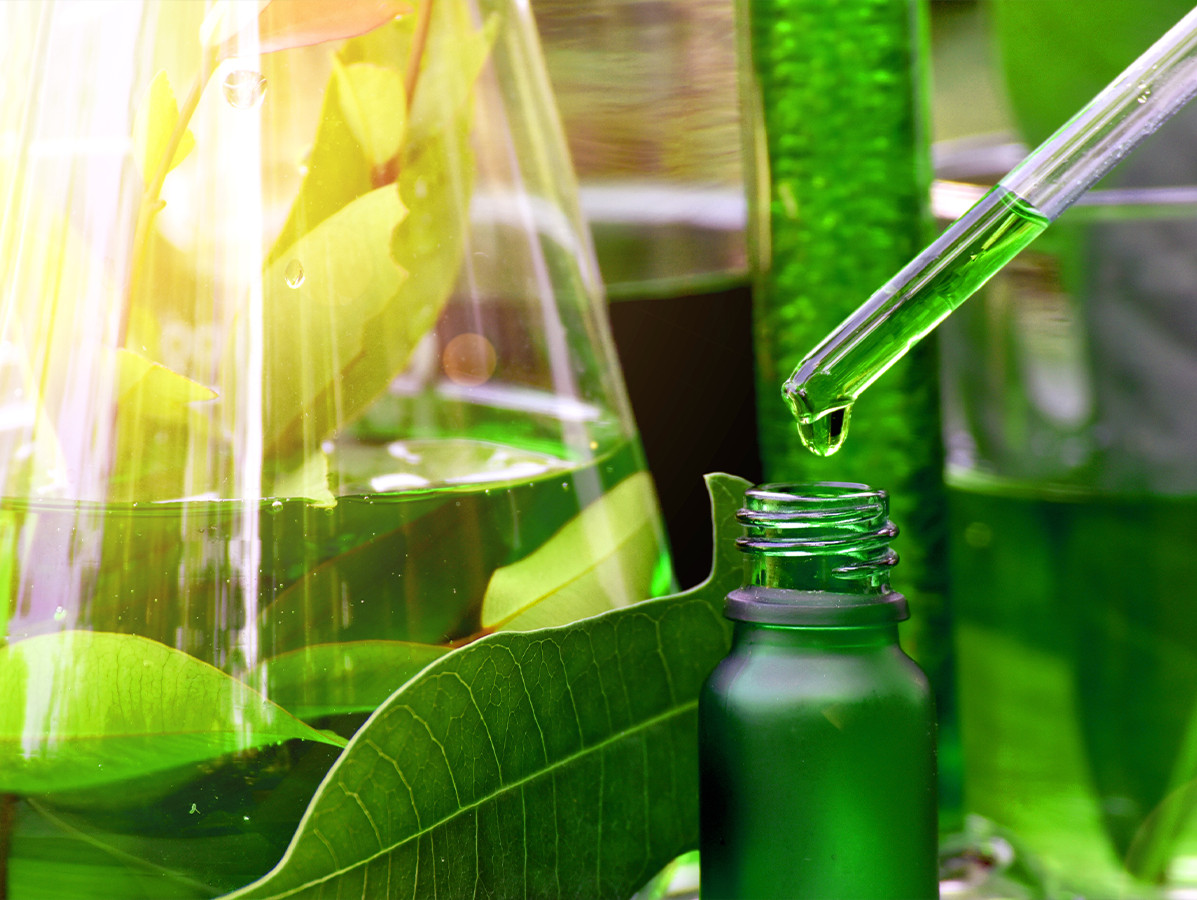
Plant-based and sustainable is the diet of the future. Variety of plant-based proteins in products and ingredients increases. These plant-based proteins have their own unique properties that will help shape products in the future. Will the versatile RuBisCO be part of the toolbox for future product developers?
RuBisCO is a protein present in many and many different organisms, from bacteria to almost all plants. It’s an essential enzyme as it catalyses the first step in photosynthesis. Duckweed turns out to be a good source of RuBisCO. This crop grows fast and has a high yield of up to 18 tonnes protein per hectare per year, compared to 1.2 tonnes protein/hectare/year for soy. The protein content of duckweed is relatively high, with 34g protein per 100g dry matter. Beet leaf, another source from which RuBisCO has been isolated, has far less protein (18g per 100g dry matter).
The amino acid composition of RuBisCO is complete (all essential amino acids are present at the right amounts) for adults and children, according to the WHO recommendations. Only for infants of less than six months, the lysine and leucine is slightly low. Next to this great nutritional value, the protein has good technical functionality. For example, it gels very well. In acidic environment its gelling properties are similar to soy protein, at neutral pH it is almost as good as egg white protein, and much better than soy.
RuBisCO has been isolated from a number of plants, but not all isolation procedures are equally successful. RuBisCO from spinach for example is relatively easy to isolate, but its isolation competes directly with use of spinach as food. Beet leaves are promising and commercialisation is in progress. RuBisCO is also present in other plants like sea lettuce but in lower amounts. Also, RuBisCO from sea lettuce is very hard to isolate. Next to variation in yield and ease of extraction, also the functionality of the isolated material vary, very important for applications.

One of the big challenges in isolation of RuBisCO is to remove colour from the isolate. In its role as photosynthesis enzyme, RuBisCO is closely associated to the chlorophyll in plants, and it’s almost impossible to separate the (colourless) protein from the green chlorophyll. For both beet leave and duckweed the isolation procedure has been optimized such that the resulting isolate is white. This means that we have a colourless, well-gelling protein from RuBisCO to use in products. Especially at neutral pH that is of interest because of its higher functionality compared to the widely used soy.
More research is necessary to find in which products RuBisCO adds most to the functionality. Not only gel strength (which is high for RuBisCO), but also gelling temperature and breaking behaviour of the protein gel are important. These properties vary with the matrix where the protein is used. Those matrix effect can make the difference between a mediocre and a fantastic product. Another essential parameter that needs more investigation is the effect of RuBisCO on the flavour of the product, which is obviously very important in product applications.
RuBisCO isolates were not commonly consumed in Europe before 1997. Therefore, a novel food dossier is required for RuBisCO or foods that use it. Getting approval for a novel food is a lengthy and expensive process, but worth it for a highly functional protein.
Although there are many questions still to be answered, RuBisCO is very promising from nutritional, functional and sustainability perspective for use in food.
Reference
ACS Food Sci. Technol. 2021, 1, 5, 908–916
Photo duckweed: ©HI JOE/Shutterstock.com, photo oil: ©ARTFULLY PHOTOGRAPHER/Shutterstock.com
Source: Vakblad Voedingsindustrie 2021